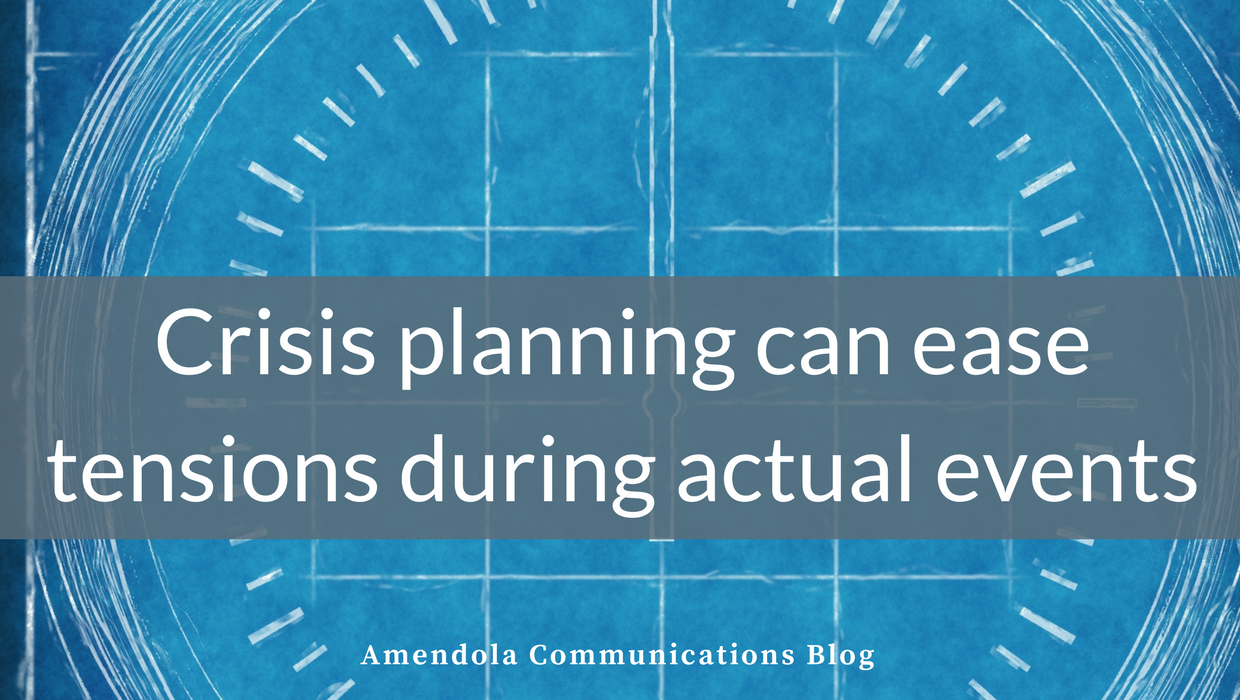A week doesn’t go by without news of a hospital or health system affected by a cyberattack or some other crisis. Coupled with an always-on news cycle and social media ecosystem, a crisis can destroy reputations. While the incidents themselves aren’t always preventable, organizations that thoughtfully do some advance crisis planning can emerge with their brands intact.
The ability to respond promptly to disasters or damaging reports can build confidence in constituents that the organization is on top of the crisis and a leader in its sector.
One thing to consider is that crisis plans should make very clear who is responsible for what. Here are several recommendations for consideration to help your organization keep pace:
- Prepare in advance with inputs from the organization’s functional areas. The time to plan for a crisis is long before it hits. A well thought-out crisis plan is designed to help an organization communicate internally and externally with clear, succinct and timely direction. The goal is to minimize confusion and maintain confidence whatever crisis may occur.
- Identify stakeholders. Designing an effective crisis management plan also requires an understanding of stakeholders and their roles. Stakeholders are all those who have an interest in the outcome. For a health system, the list is generally long and can include patients, governments, administrators, board members, clinicians. Each might need slightly different things during a crisis, and they should all be considered as separate audiences.
- Identify a communications chain of command. Crisis plans should in advance identify all of those who will be involved with managing a crisis, what areas they are responsible for and who is ultimately responsible for making decisions. Then, all of those involved should receive the training they need to be effective in their roles. For example, specialists from all functional areas of the organization should be available to lend their expertise should the need arise, and executive spokespeople should receive media training.
- Create real-world tools that can be modified later. One of the most valuable things to have in a crisis is a head start. Messaging, scripts and spokespeople should be prepared in advance. The communications team can later assist in adapting standard scripts to specific situations the organization encounters.
- Ensure that crisis management messaging addresses various aspects of the crisis. When communicating bad news or another type of crisis, it is imperative that the organization’s spokespersons do the following:
-
- Elaborate with the “what” explain what happened with concise language, together with the organization’s position on the issue
- Educate with the “how” explain how audiences should respond to the situation and how the organization is responding
- Engage with the “why” explain the impact the situation has on operations so that impacts are not blown out of proportion
By giving thoughtful consideration to the development of a crisis management plan, organizations are more likely to be able to recover from bad news. In some cases, they might even exit the crisis with stronger brand relationships.
